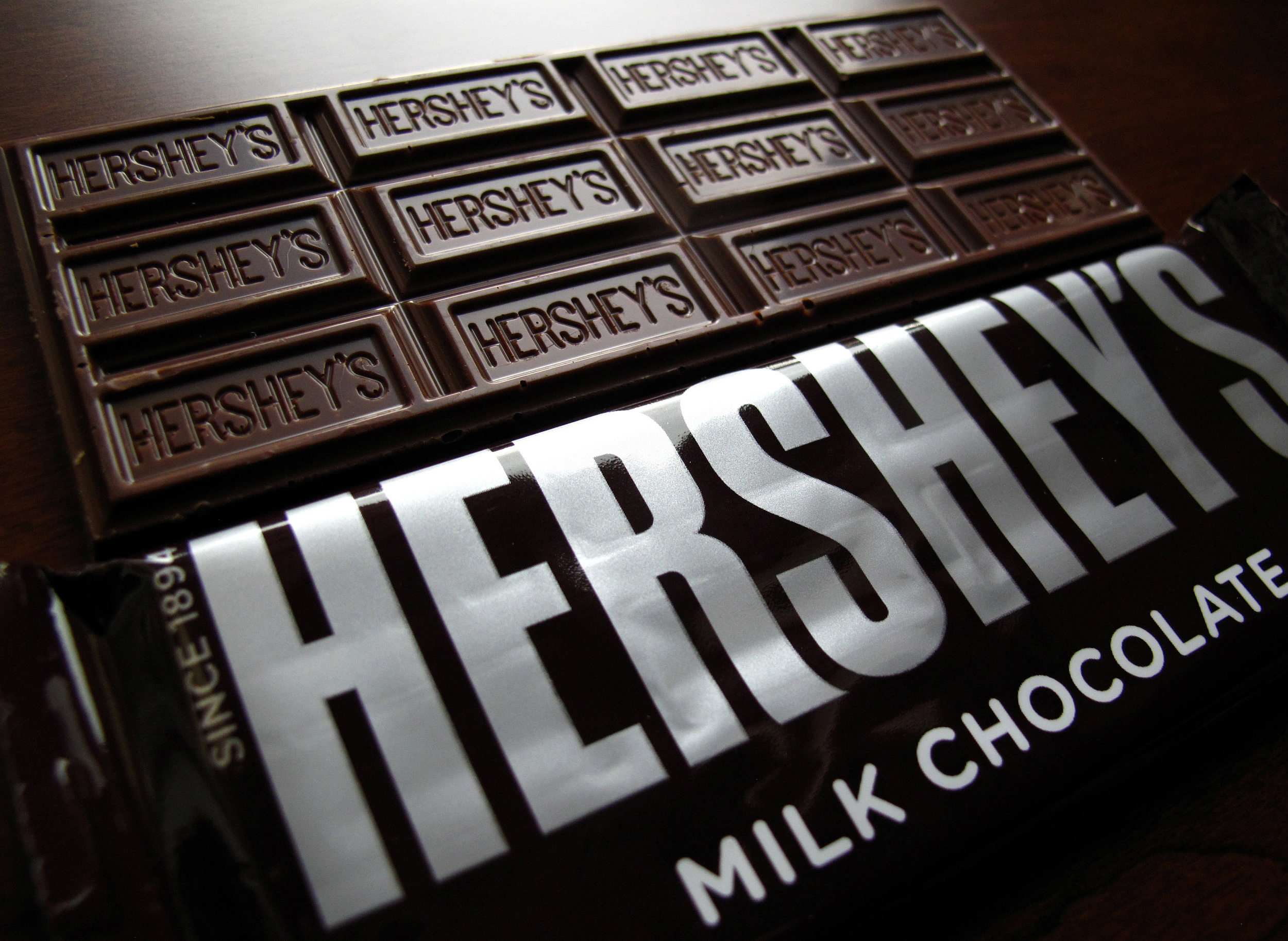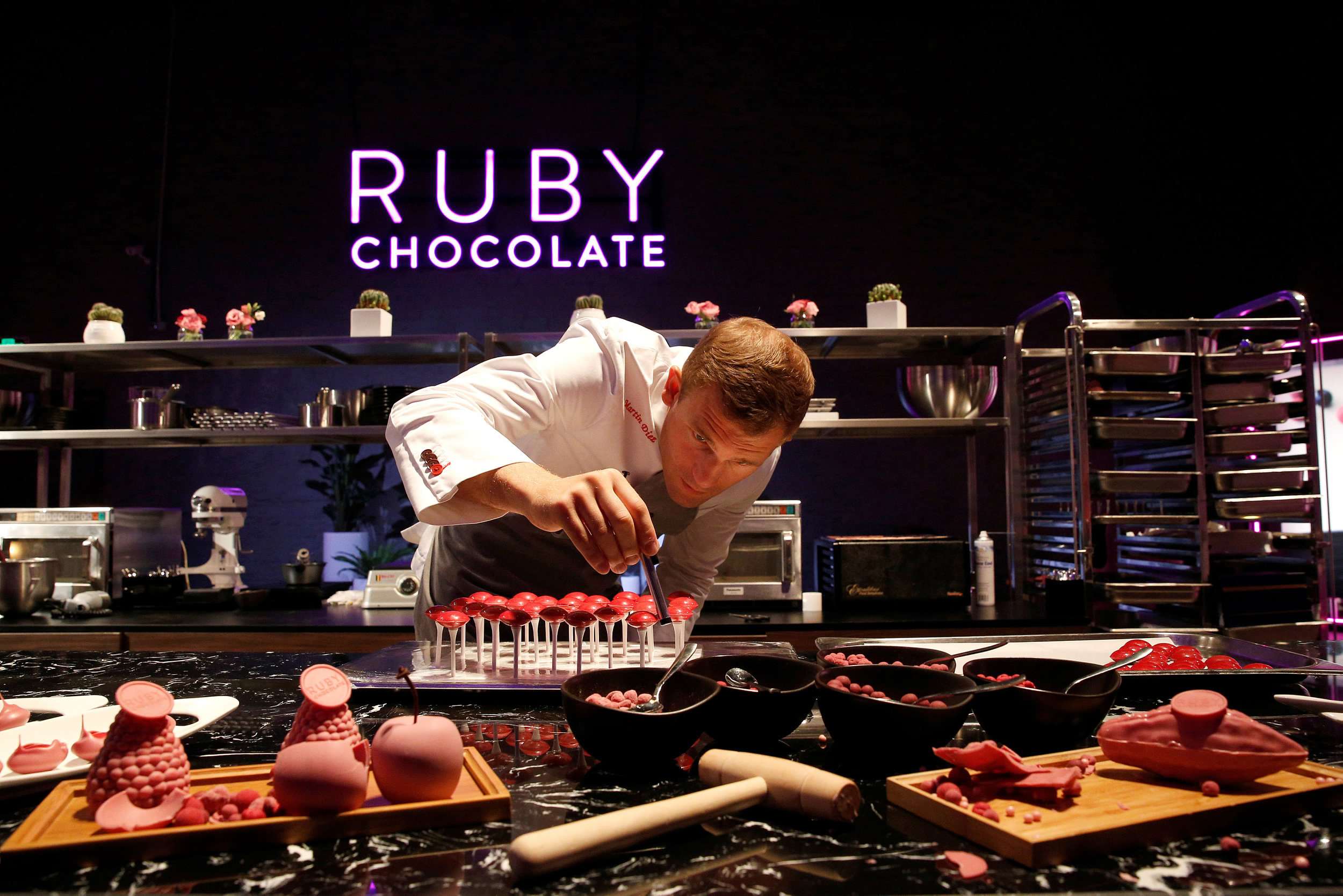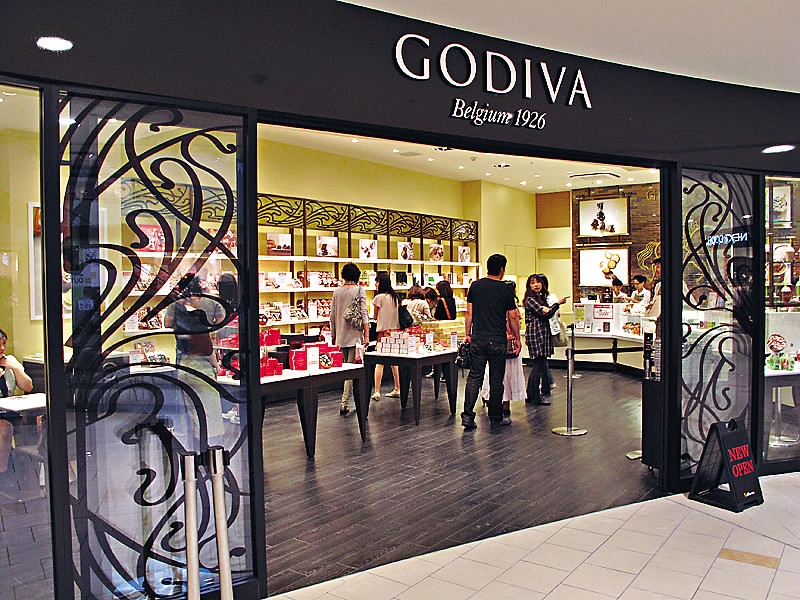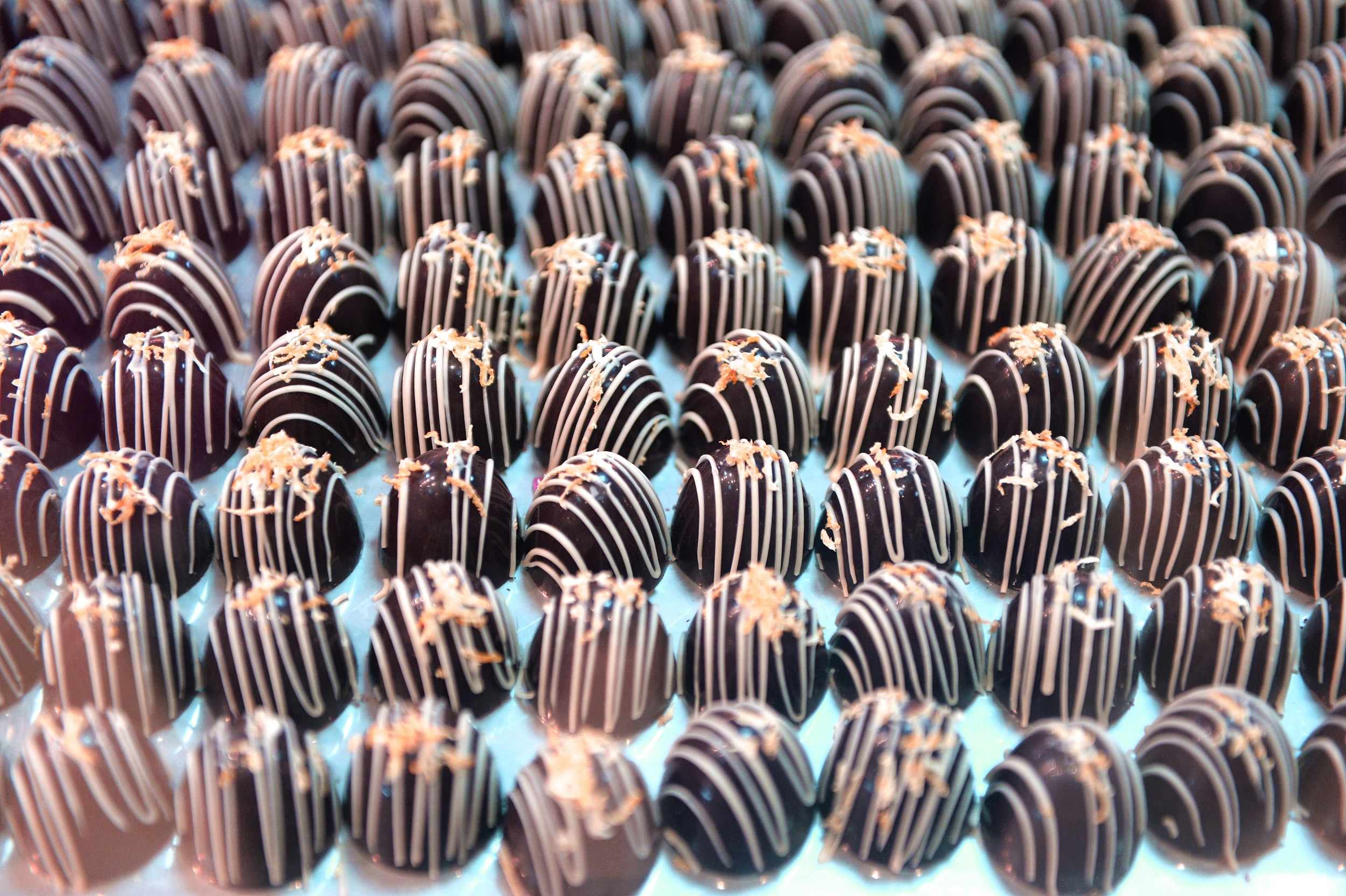
Business
16:06, 14-Feb-2018
Satisfying China's changing taste for chocolate
Nicholas Moore

While Valentine’s Day may be synonymous with chocolate in the West, a rapidly changing Chinese market has left Western companies struggling to make sense of how to satisfy the country’s craving for cocoa.
American chocolate giant Hershey’s recently announced a 30-percent slump in sales in China for the last three months of 2017. According to Phoenix, Hershey’s has been in decline since 2014, despite massive investment in the Chinese market.

VCG Photo
VCG Photo
A two-floor flagship store off Shanghai’s People’s Square and a 577-million-US-dollar takeover of local confectioner Shanghai Golden Monkey underline how important China is in Hershey’s global strategy, but the company’s CEO Michele Buck has signaled that she doesn’t expect to see a recovery in 2018.
Hershey’s is being restructured to address the concerning drop in sales, with the company set to cut 15 percent of its global workforce as it considers what has gone wrong in the past few years.
Does China just not like chocolate?
Hershey’s sales might be falling, but the company still makes hundreds of millions of dollars every year in China.
For Swiss company Barry Callebaut – the world’s biggest business-to-business cocoa producer – the market in China is so strong that it revealed last month it was considering building a second chocolate factory in the country.
Its current plant in Suzhou, east China’s Jiangsu Province, is operating at close to full capacity, following double-digit growth in the last three years.

A Ruby chocolate launch event held by Barry Callebaut, in Shanghai, China, September 5, 2017. /VCG Photo
A Ruby chocolate launch event held by Barry Callebaut, in Shanghai, China, September 5, 2017. /VCG Photo
A report last year by German chocolate producer Milka found that the average Chinese person eats only 100 grams of chocolate each year – the equivalent of one bar. The average German meanwhile eats 90 bars of chocolate, meaning China still has massive market potential.
Companies like Hershey’s, Dove and Nestle have been selling chocolate in China for several decades, but a failure to develop China-specific products or adapt to changing lifestyles mean they haven’t fully tapped its potential.
Barry Callebaut has pointed to its partnerships with Taobao, Tmall and JD.com as reasons for its success in recent years. In 2017, the company took part in the Double 11 shopping festival for the first time, and saw its sales increase by 300 percent.
In contrast, Hershey’s has invested heavily in physical stores, and failed to exploit China’s booming e-commerce sector.

Hershey's Chocolate World in Shanghai. /VCG Photo
Hershey's Chocolate World in Shanghai. /VCG Photo
While brands like Hershey’s and Dove were originally seen as niche luxury products when they first emerged in the 1980s and 1990s, Chinese consumer habits have changed dramatically since then.
Middle class consumers who desire high quality and are happy to pay for it are the reason why luxury chocolate brands like Godiva and smaller boutique chocolatiers have emerged in first-tier cities.
Changing times, changing tastes
Godiva’s premium selection of gift-wrapped chocolates saw the Belgian confectioner grow by 193 percent in 2017, far out-stripping its rivals as it pulled in revenue of 308 million yuan (46.9 million US dollars).
Its market share grew from 0.5 percent in 2016 to 1.5 percent last year. While that pales in comparison to Mars (36.7 percent market share), it reflects a major change in China’s taste for chocolate.
In terms of quantity, China consumed 2 percent less chocolate in 2017 than the year before. However, spending on chocolate went up by 2 percent to 20.2 billion yuan (3.1 billion US dollars), according to Euromonitor.

Godiva was by far the fastest growing chocolate producer in China last year. /VCG Photo
Godiva was by far the fastest growing chocolate producer in China last year. /VCG Photo
The data suggest that consumers are going for quality over quantity, and while Mars, Ferrero, Nestle, Hershey’s and Mondelez make up 66 percent of the entire market, their domination is being challenged.
Domestic brands continue to struggle
China’s chocolate market has long been dominated by Western brands, and Chinese confectioners have struggled to put up a serious challenge in their own market.
Bainuo and Qi Shi Lin are names that most consumers are aware of, but China’s standards for cocoa products mean they struggle to match Western rivals for quality.
International standards require chocolate to contain at least 35 percent of cocoa butter, while China has lower standards of 20 percent, and allows additives like cornstarch, vegetable oil and cocoa substitutes to make up for the flavor.
Decades of marketing their products as “European-style” has also meant domestic brands haven’t been able to fill the gap in the market for a chocolate product created specifically for the Chinese market.

Handmade chocolates on display in Hangzhou, east China's Zhejiang Province, December 2017. /VCG Photo
Handmade chocolates on display in Hangzhou, east China's Zhejiang Province, December 2017. /VCG Photo
That gap has instead been partly filled by chocolate from Japan, South Korea and Southeast Asia, with flavors like green tea and red bean paste catering for Asian tastes.
However, market research firm Kadence describes Asia as a hugely varied market when it comes to chocolate. A survey from 2016 found that while Japanese consumers are worried about the number of calories they consume, 16 percent of the Chinese polled said they ate chocolate primarily for an energy boost – more than any other Asian country or region.
Only 46 percent of Chinese consumers considered taste to be the most important factor in buying chocolate, compared to 78 percent of chocolate buyers in Thailand.

SITEMAP
Copyright © 2018 CGTN. Beijing ICP prepared NO.16065310-3
Copyright © 2018 CGTN. Beijing ICP prepared NO.16065310-3